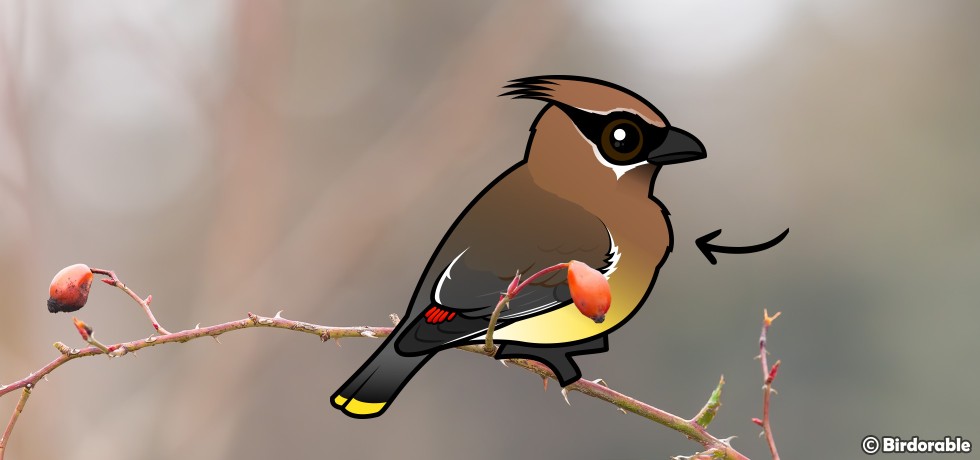
Today we continue with our 2017 Birdorable Bonanza by adding a new wading bird: the Reddish Egret!
The Reddish Egret is a medium-sized species of heron found along coastal habitats in Central America and the southeast of the United States. They are also found on many islands of the Caribbean.
Reddish Egrets are known for their active hunting antics, often found running around, spinning, and jumping in shallow salt water as they hunt little fish to eat.

The Reddish Egret has two very different color morphs. Darker birds have grey bodies with a reddish head and neck. The light morph has a mostly white plumage.
Tomorrow we'll add a new species to our Birdorable rail family. Once thought to be extinct, this species has moved from living in wetlands to survive in alpine grasslands. Do you know this New Zealand endemic?




































































